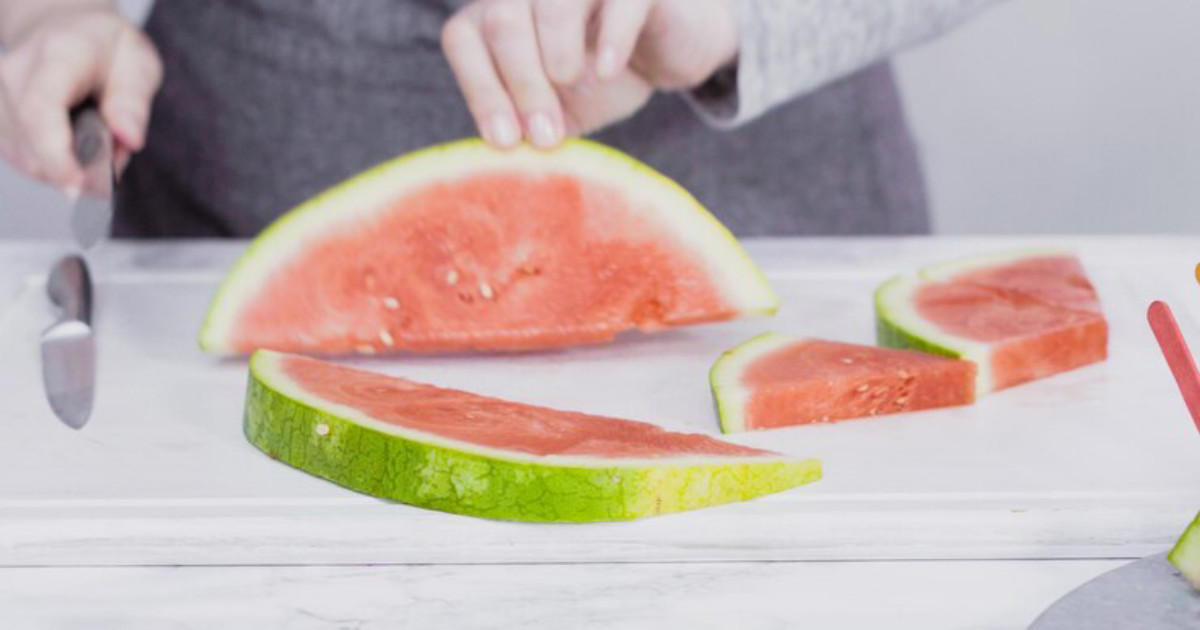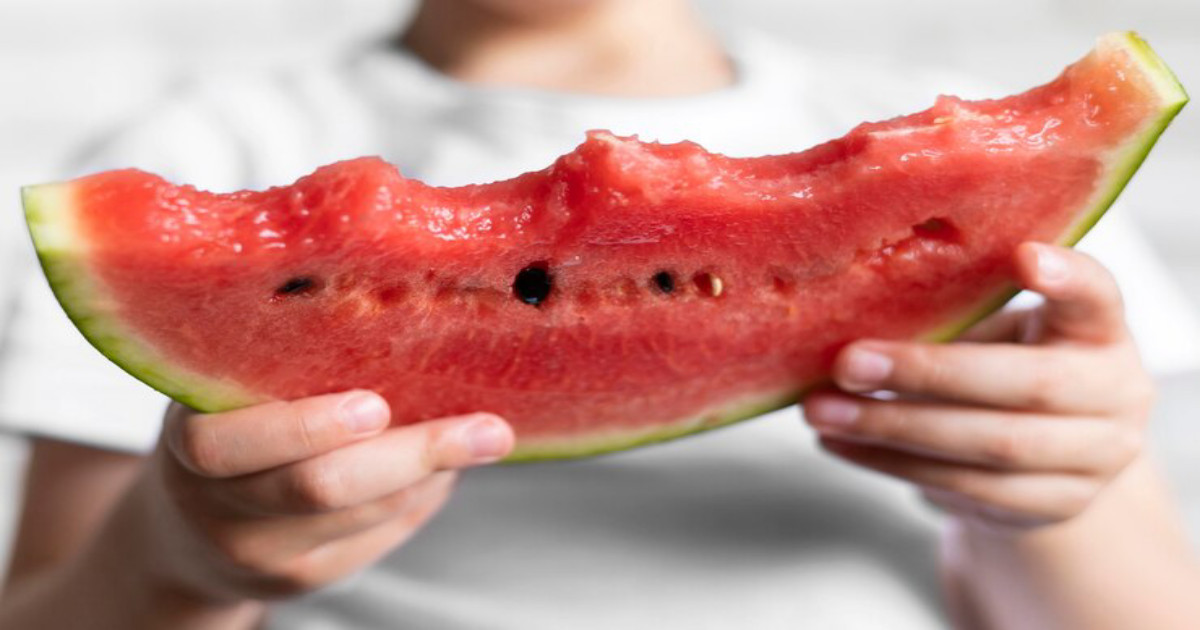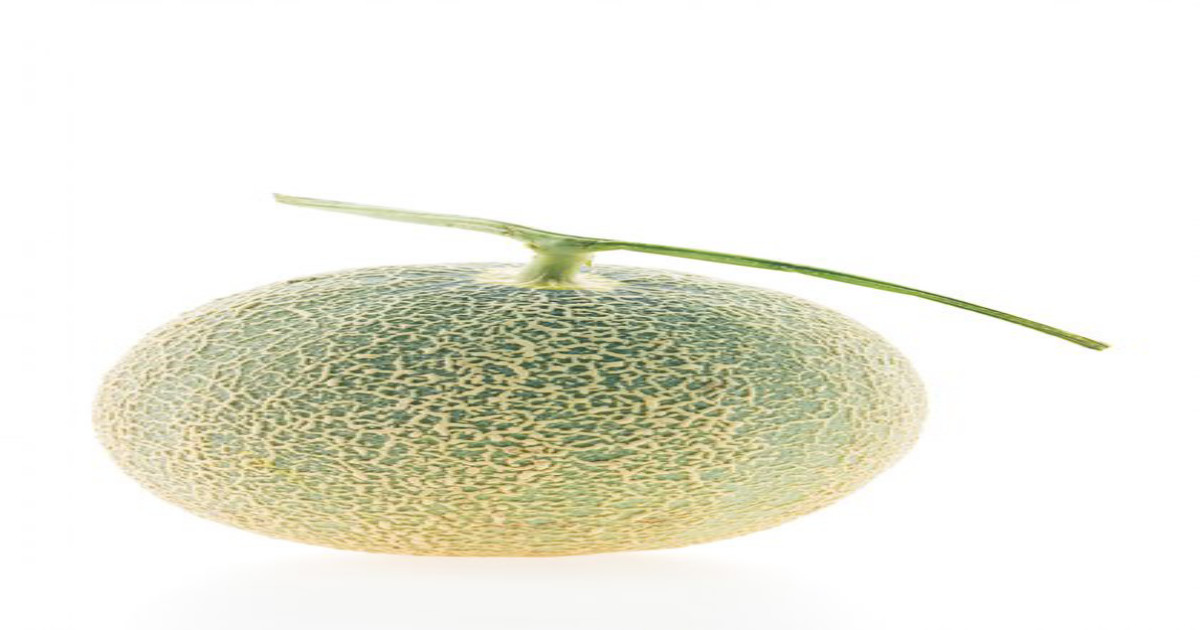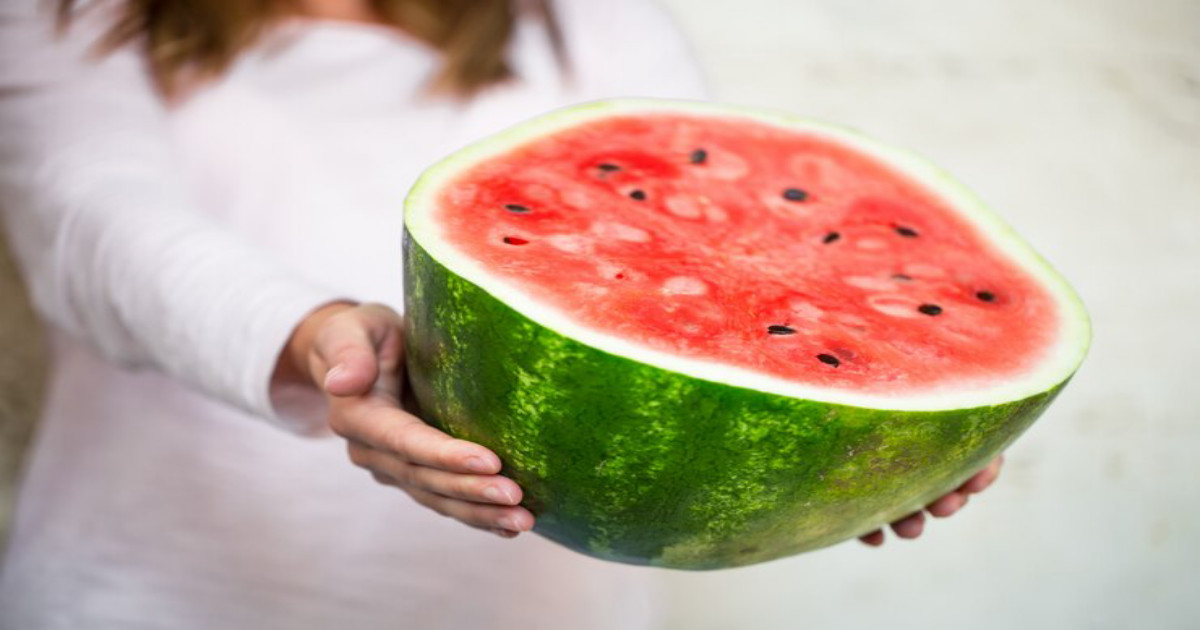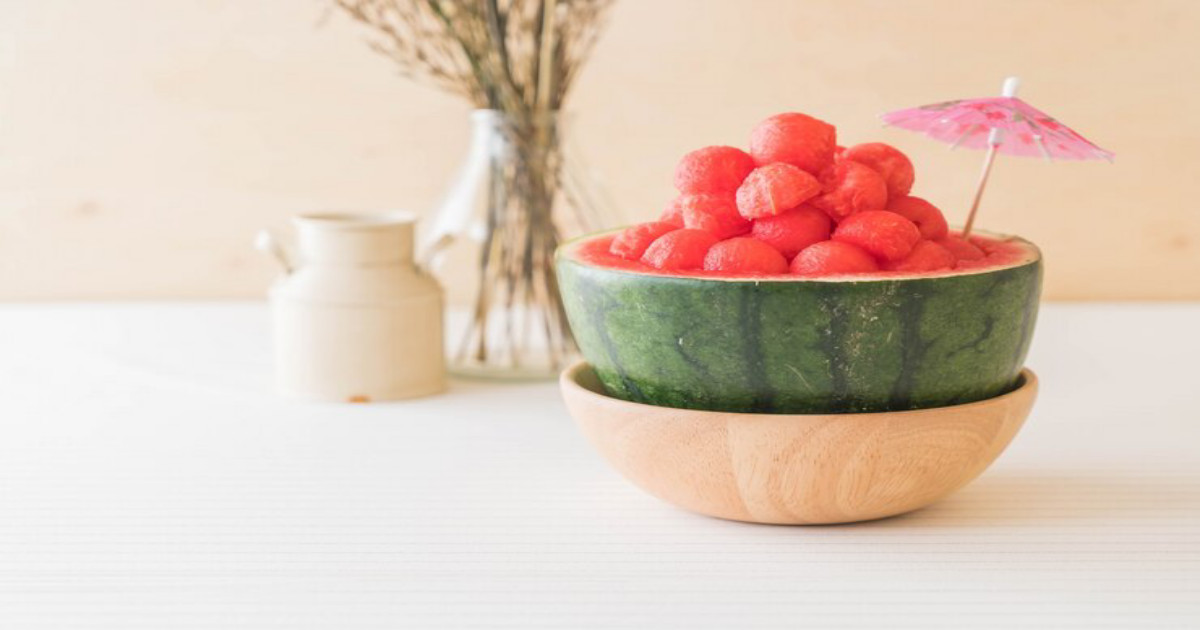How to Pick a Watermelon
Watermelons are a quint essential summer treat, but there's nothing worse than cutting into one only to find it underripe or flavorless. Whether you're at the grocery store, farmers market, or even in your own backyard, knowing how to pick a watermelon is essential to enjoying its sweet, juicy goodness. In this article, we'll explore various techniques and tips to ensure you select the perfect watermelon every time. And you will learn all techniques about how to pick a watermelon without any experience
Introduction
When it comes to question that how to pick a watermelon, there's more to it than just grabbing the biggest one or the one that looks the greenest. The key is to find a fruit that is ripe, juicy, and bursting with flavor. In this comprehensive guide, we'll walk you through the various methods for selecting a ripe watermelon so you can enjoy the best of what this summer fruit has to offer.
How To Pick A Watermelon By Visual Inspection
One of the most common methods for selecting a ripe watermelon is through visual inspection. Start by looking for a watermelon that has a uniform, symmetrical shape. Avoid fruits that are misshapen or have irregular bumps or indentations. Additionally, examine the color of the watermelon. A ripe watermelon should have a deep green color with subtle stripes or markings. Finally, check the field spot—the spot where the watermelon rested on the ground. A creamy yellow field spot indicates ripeness, while a white or pale spot suggests the fruit was picked too soon.
Tapping Method
Another popular technique for picking a ripe watermelon is the tapping method. Simply tap on the watermelon with your knuckles and listen for a deep, hollow sound. A ripe watermelon will produce a low, hollow sound, indicating that it is full of water and ripe for the picking. If the sound is dull or high-pitched, the watermelon may be underripe.Weight Test
The weight of a watermelon can also be a clue to its ripeness. Ripe watermelons are typically heavy for their size due to their high water content. Lift the watermelon and compare its weight to other fruits of similar size. A heavier watermelon is likely juicier and riper than a lighter one.Stem Examination
Checking the stem of the watermelon can provide valuable information about its ripeness. Look for a dried, brown stem that is slightly indented where it attaches to the fruit. A green stem or one that is still attached to the vine indicates that the watermelon was picked prematurely and may not be fully ripe.
Smelling Technique
Believe it or not, your sense of smell can also help you pick a ripe watermelon. Take a whiff of the watermelon near the stem end—if it has a sweet, fruity aroma, it's likely ripe and ready to eat. If there's no scent or if it smells grassy or green, it may not be fully ripe.Avoiding Common Mistakes
When picking a watermelon, it's important to avoid common mistakes that can lead to disappointment. One of the biggest mistakes is focusing solely on size—while a large watermelon may be impressive, it's not necessarily the ripest or most flavorful. Additionally, don't be swayed by appearance alone. Even if a watermelon looks perfect on the outside, it may be underripe or overripe on the inside.
Storing Tips
Once you've picked the perfect watermelon, it's important to store it properly to maintain its freshness and flavor. Store whole watermelons at room temperature until ready to eat, then refrigerate any cut portions in an airtight container. This will help preserve the juiciness and flavor of the fruit for several days. Read more to gain more knowledge.
Additional Techniques for Picking a Ripe Watermelon
In addition to the visual inspection, tapping, weight test, stem examination, and smelling techniques, there are a few other methods you can try to ensure you pick the ripest watermelon. One such method is the finger-nail test—press your fingernail gently into the watermelon's skin, and if it leaves a slight indentation, the fruit is ripe. Another method is the belly spot technique—look for a creamy yellow spot on the underside of the watermelon, which indicates ripeness.
Conclusion
Picking the perfect watermelon doesn't have to be a daunting task. By utilizing a combination of visual inspection techniques, tapping, weight tests, stem examination, and even your sense of smell, you can ensure that you select a ripe, juicy watermelon every time. So next time you're at the market or the farm stand, put these tips to the test and enjoy the sweet taste of summer. If you love our article visit to read more.
FAQs
1. How to pick a watermelon without cutting it open?
- By tapping it and listening for a hollow sound, checking the color and field spot, and examining the stem, you can determine if a watermelon is ripe without cutting it open.2. What should I do if I accidentally pick an unripe watermelon?
- If you accidentally pick an unripe watermelon, you can try ripening it further by leaving it at room temperature for a few days. However, it may never reach optimal ripeness.
3. Can I pick a ripe watermelon from a grocery store?
- Yes, you can pick a ripe watermelon from a grocery store by utilizing the same techniques outlined in this article. Look for watermelons with a deep green color, a hollow sound when tapped, and a creamy yellow field spot.
4. How long will a ripe watermelon last once it's been cut open?
- Once a watermelon has been cut open, it will typically last for about three to four days in the refrigerator if stored properly in an airtight container.
5. Is it possible to tell if a watermelon is ripe just by looking at it?
- While visual inspection can provide some clues to a watermelon's ripeness, it's not always foolproof. That's why it's important to use a combination of techniques, including tapping, weighing, and smelling, to ensure you pick the ripest fruit.


